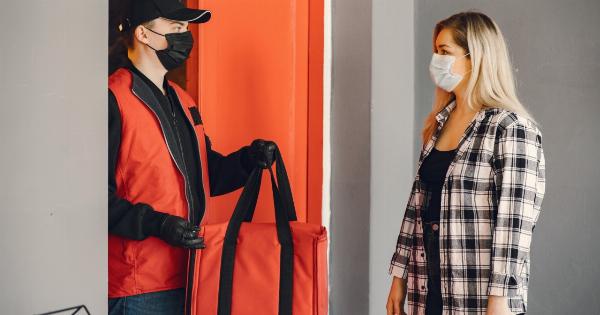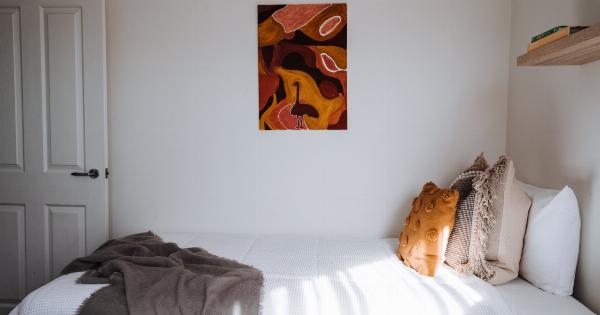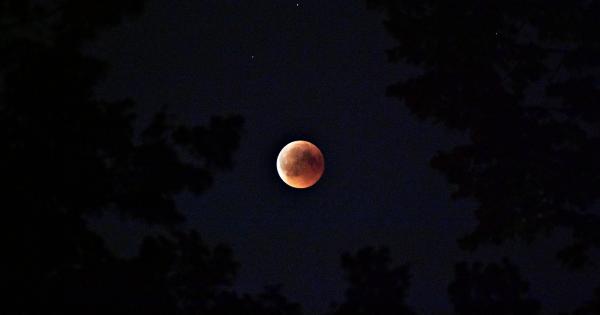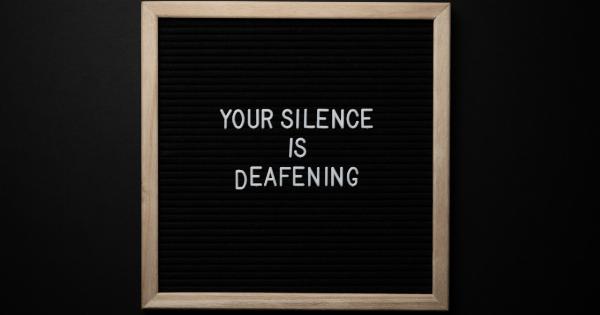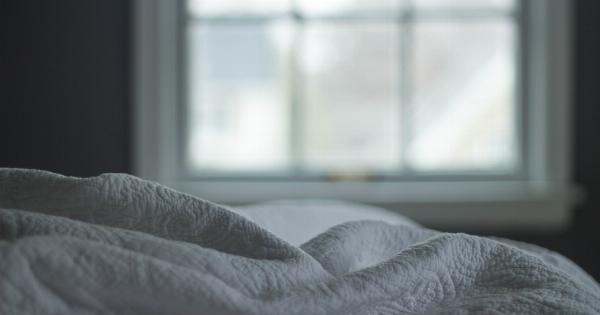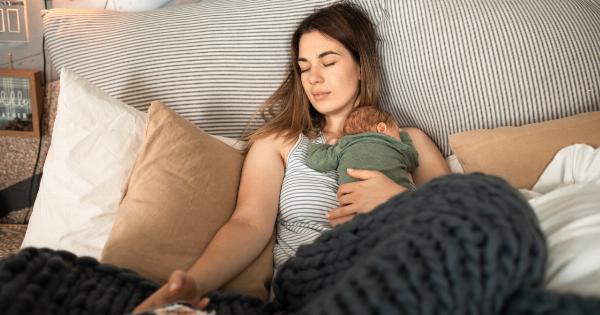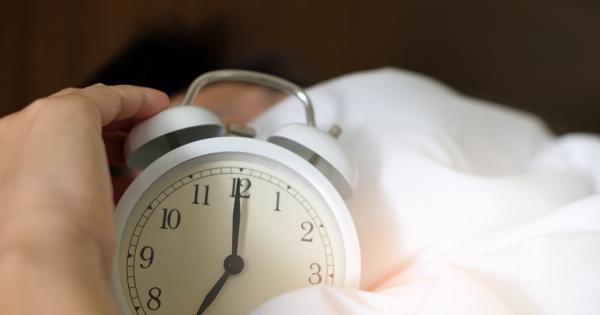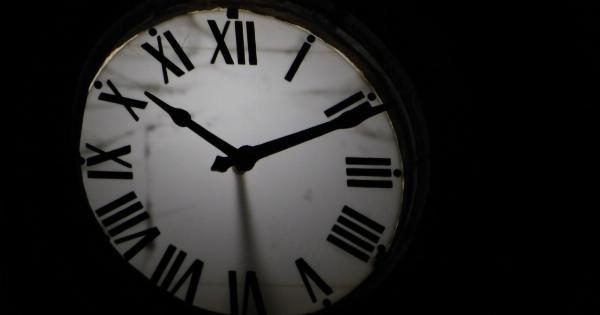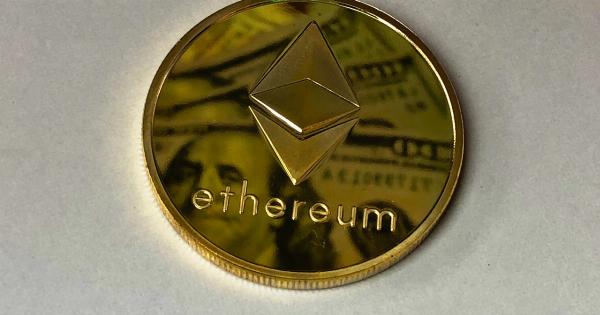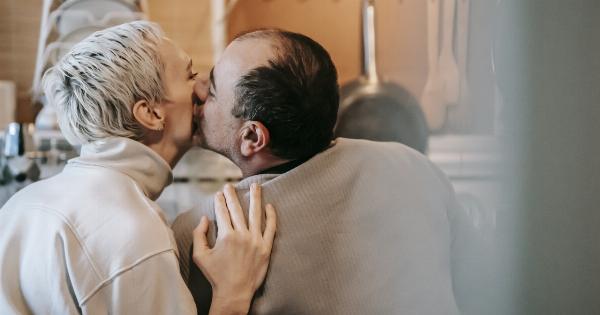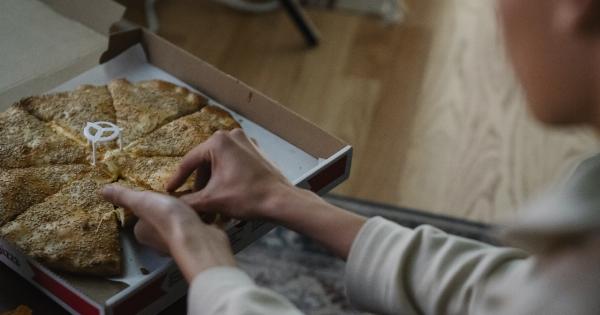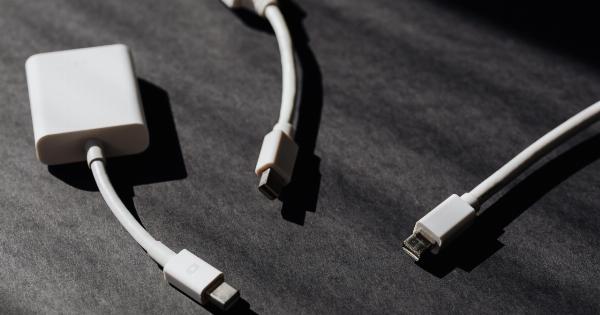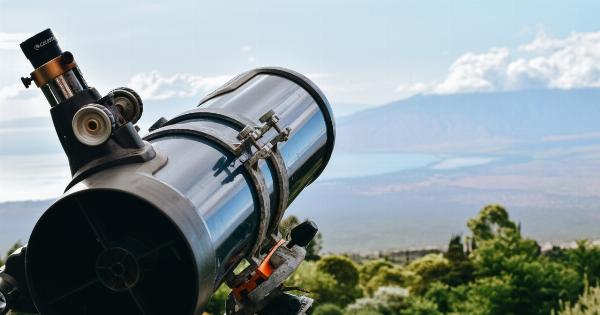The timing of our meals plays an important role in regulating our body’s internal clock, or circadian rhythm. This rhythm influences many aspects of our physiology, including our susceptibility to sunburn.
In this article, we will explore the relationship between meal timing and sunburn risk, and offer tips for minimizing your risk of sun damage.
What is Sunburn?
Sunburn is the result of overexposure to ultraviolet (UV) radiation from the sun. When skin is exposed to too much UV radiation, it can become red, tender, and painful to the touch.
This is because the UV radiation damages the DNA in our skin cells, triggering an inflammatory response that can cause redness, swelling, and discomfort.
The Role of Circadian Rhythm in Sunburn Risk
Our bodies have a natural 24-hour circadian rhythm that governs many physiological processes, including our skin’s ability to protect itself from UV radiation.
The cells in our skin have their own internal clock, which regulates the production of melanin, the pigment that gives our skin its color and provides some protection against sun damage.
Research has shown that the timing of our meals can influence our circadian rhythm and thus affect our skin’s ability to protect itself from UV radiation.
Specifically, eating late at night or irregularly can disrupt the circadian rhythm, leading to a decrease in the production of melanin and an increase in susceptibility to sunburn.
The Connection Between Insulin and Sunburn Risk
Another way that meal timing can affect sunburn risk is through its impact on insulin levels. Insulin is a hormone that helps regulate blood sugar levels in the body, and it is also involved in the production of melanin in the skin.
When we eat meals that are high in carbohydrates or sugar, our bodies produce a surge of insulin to help process the glucose from the food.
This surge in insulin can lead to a decrease in melanin production, making the skin more susceptible to sun damage.
Tips for Reducing Sunburn Risk with Meal Timing
So what can you do to reduce your risk of sunburn by changing your meal timing? Here are some tips:.
- Avoid late-night eating. Try to eat your last meal of the day at least 3 hours before bedtime to allow your body time to digest and enter into a fasting state before you go to sleep.
- Eat regularly. Aim to eat your meals at roughly the same times each day to help regulate your circadian rhythm.
- Avoid high-carbohydrate or sugary foods. Instead, opt for a diet that is rich in fruits, vegetables, and lean proteins, which can help boost melanin production and provide other protective benefits.
- Consider taking a vitamin supplement. Vitamins like vitamin E and vitamin C can help protect your skin from UV damage. Talk to your doctor about whether a supplement is right for you.
- Apply sunscreen daily. Even if you are eating a healthy diet and timing your meals correctly, it is still important to use sunscreen daily to protect your skin from UV damage.
Conclusion
The timing of our meals can have a significant impact on our skin’s ability to protect itself from UV radiation and reduce the risk of sunburn.
By eating a healthy diet and timing our meals correctly, we can help regulate our body’s circadian rhythm and boost melanin production, reducing our risk of sun damage and skin cancer.

